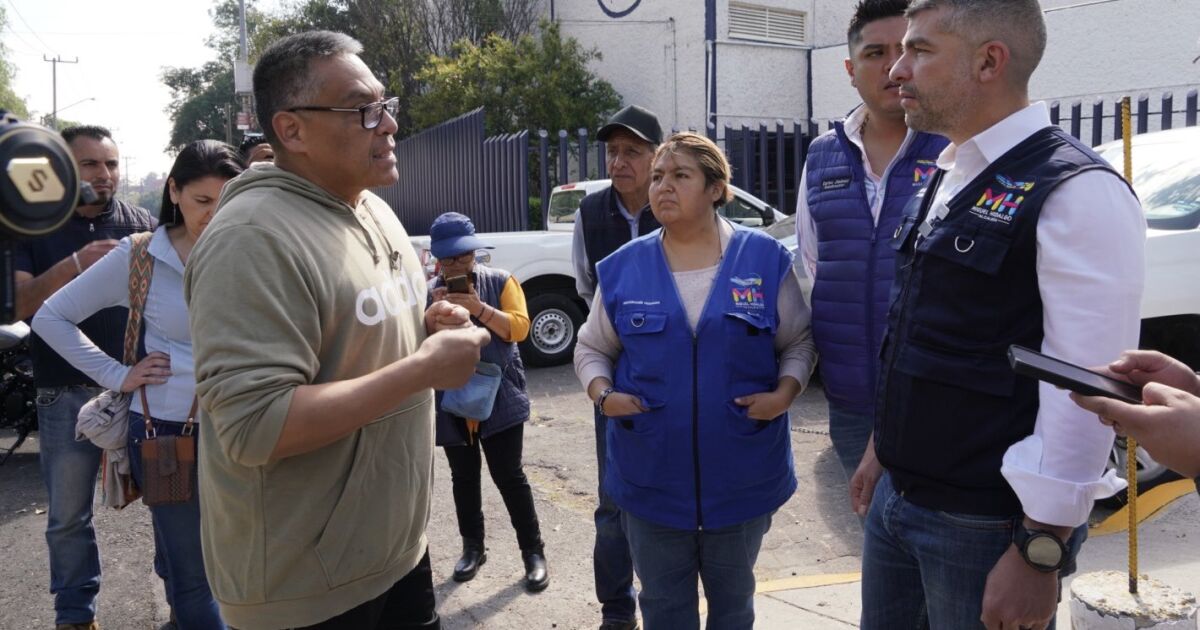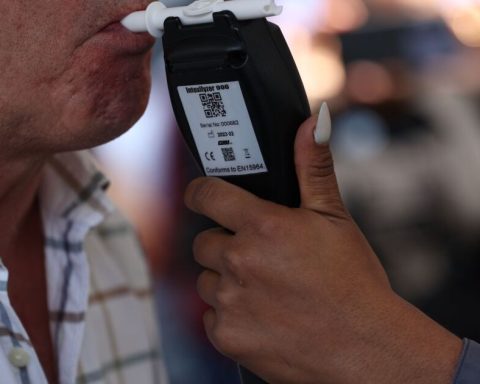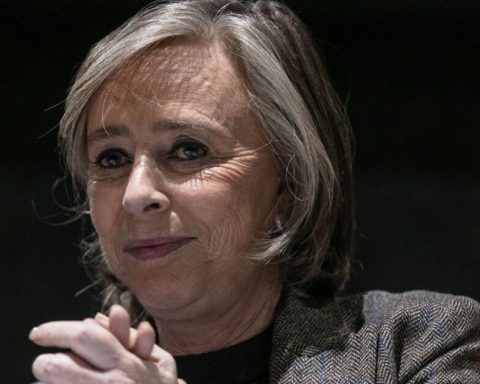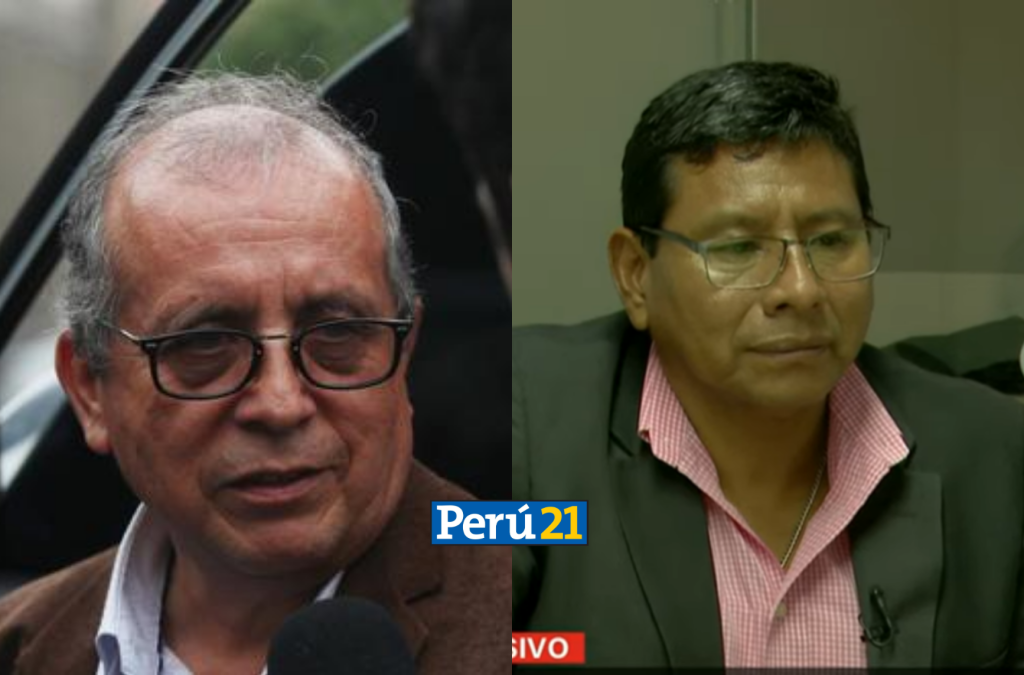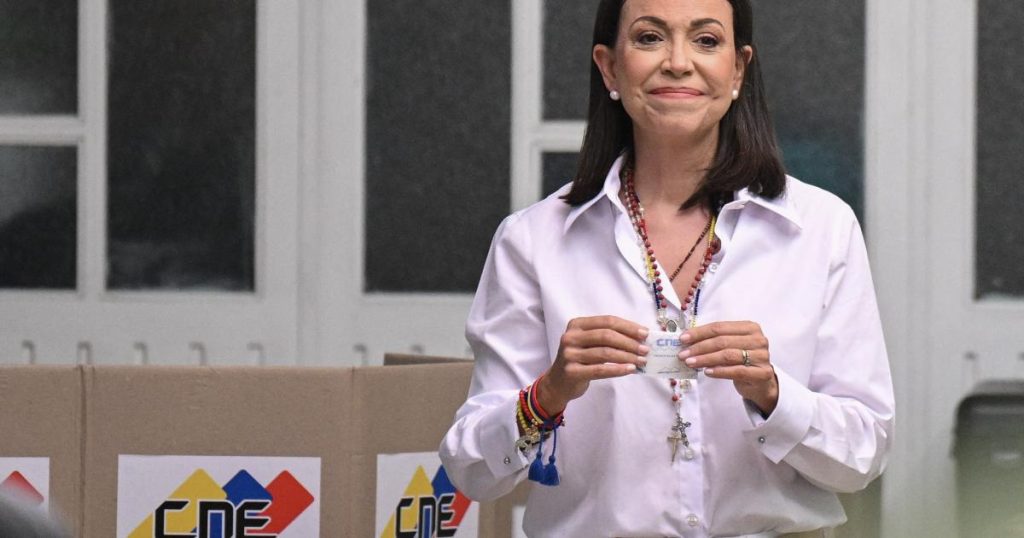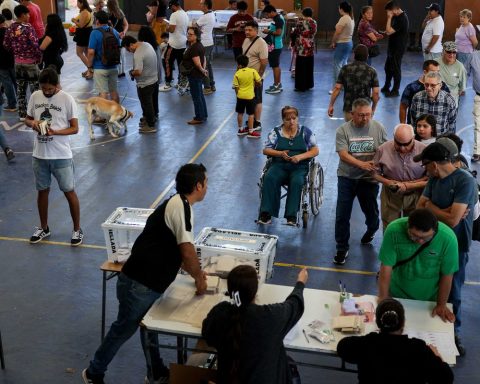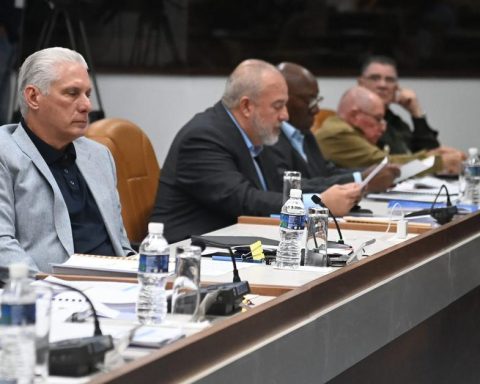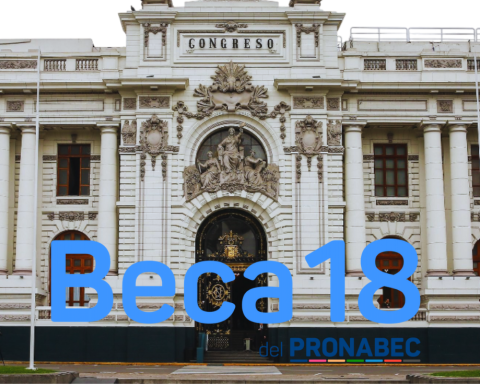Some points of the Right to Wellbeing Law for CDMX:
- The social programs and actions of the city government and the mayors must be approved by a Consultation and Participation Council, headed by the Head of Government, the Secretariat of Inclusion and Social Welfare (Sibiso), as well as 10 representatives of social organizations, community and academia.
- Mayor’s offices must coordinate with the corresponding areas of the city government to avoid duplication of programs, that is, there are two or more programs that address the same problem in the same sector of the population.
- Have a unified and organized registry for each of the social programs of the public administration. The information on the beneficiaries must have sufficient variables to know and evaluate the scope of the programs.
This law was proposed by the former substitute head of Government, Martí Batres, during the last months of his administration and weeks after the elections in the city.
“There is articulation (with the mayors), but also direction, because it is up to the City government to direct the entire Welfare policy throughout the territory of the capital,” said Batres on July 15, 2024 after the publication of the law in the Official Gazette.
The capital’s Constitution indicates among the powers of the mayors the “autonomous administration and exercise of their budgets”, as well as implementing measures to progressively eradicate inequality and poverty.
On January 15, the First Chamber of the Supreme Court rejected the city government’s request to dismiss Mayor Miguel Hidalgo’s appeal against the Right to Wellbeing Law, so it is expected that the magistrates will be the ones to determine its constitutionality.
